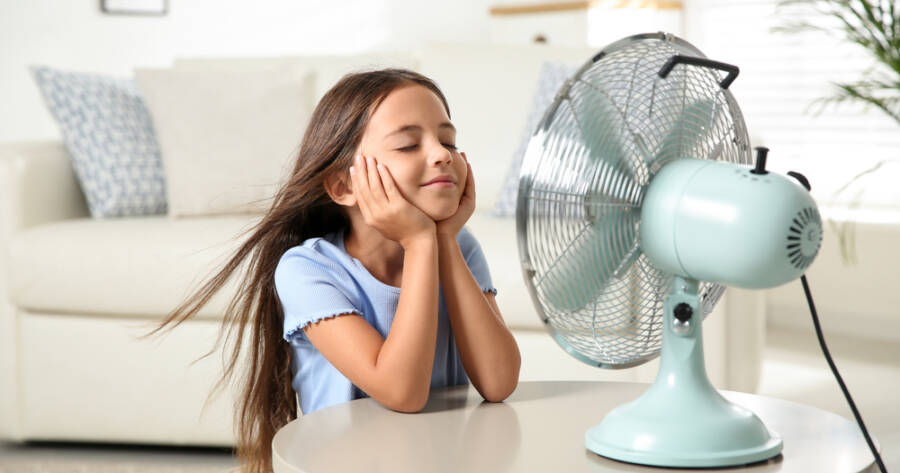When summer temperatures soar, it’s tempting to crank the air conditioning but high energy bills can make that relief feel a little less refreshing. The good news? You don’t have to sacrifice comfort to save money. With a few smart habits and cost-effective upgrades, you can keep your home cooler and more comfortable all season long, without constantly running the AC. These strategies are easy to implement, surprisingly effective, and great for your wallet.
Block Out Heat With Curtains and Shades
Direct sunlight can raise the temperature inside your home by several degrees. Using blackout curtains, thermal shades, or even light-blocking blinds can significantly reduce indoor heat during the hottest parts of the day. Focus on south- and west-facing windows where the sun hits strongest.
For extra cooling, close the blinds or curtains during the day and open them again in the evening once the temperature drops. If you prefer natural light, opt for reflective or white window coverings that let light in while still deflecting heat.
Use Fans Strategically to Circulate Air
Ceiling fans, box fans, and standing fans are a great way to keep air moving, which helps your home feel cooler even if the temperature doesn’t drop. In the summer, make sure your ceiling fan blades rotate counterclockwise to create a wind-chill effect.
You can also use fans near windows at night to pull in cooler air or place a bowl of ice in front of a fan for a DIY air-chiller. The more airflow you create, the less stuffy your space will feel, and the less you’ll need to rely on AC.
Switch to Heat-Free Lighting and Appliances
Traditional incandescent light bulbs give off heat as they run. Switching to LED bulbs can help reduce the overall temperature in your home, especially in small spaces. The same goes for ovens, dryers, and stovetops. Using them during the heat of the day can warm up your home fast.
Try grilling outside, using a slow cooker, or prepping no-cook meals when possible. Running appliances like dishwashers and laundry machines in the evening or early morning can also help minimize indoor heat buildup.
Seal Gaps and Improve Insulation
If cool air is escaping and hot air is sneaking in, your AC will have to work overtime, whether you want it to or not. Use weatherstripping or caulk to seal gaps around windows and doors. You can also install door sweeps or draft blockers to reduce air leaks under doors.
If you’re up for a small weekend project, adding insulation to attics or crawl spaces can make a noticeable difference in both summer and winter. A well-sealed home stays cooler longer and uses less energy doing it.
Cool Yourself (Not Just the Room)
Sometimes the key to staying comfortable is focusing on your body, not the thermostat. Dress in lightweight, breathable fabrics, stay hydrated, and use a damp washcloth on your neck or wrists to cool down fast.
You can also try cooling pillows, sheets, or mattress toppers to help you sleep comfortably without blasting the AC. Taking a cool shower before bed can also help lower your body temperature for a more restful night.
Take Advantage of Cooler Nighttime Air
When the sun goes down, temperatures typically drop–use this to your advantage. Open windows in the evening to let in fresh, cool air. Use fans to pull it through the house and close everything up again in the morning before it starts to heat up.
This cross-ventilation can give your AC a break and keep your space feeling fresh. For best results, open windows on opposite sides of your home to create a natural breeze.
Stay Cool Without Breaking the Bank
You don’t have to rely solely on air conditioning to stay cool in the summer. With a few smart swaps and daily habits, you can beat the heat while keeping your energy bills in check. From blocking sunlight to boosting airflow, these small changes can lead to big comfort (and savings!) when the temperature climbs.

